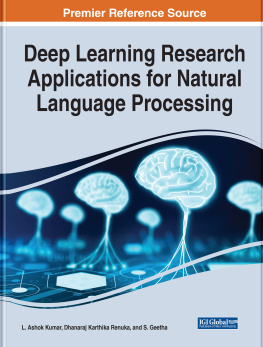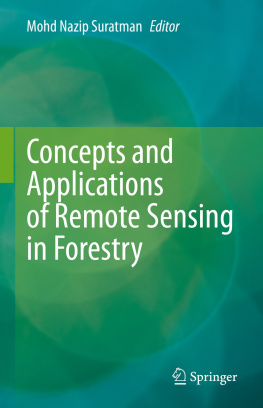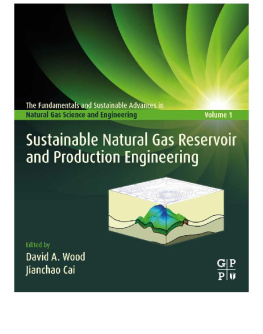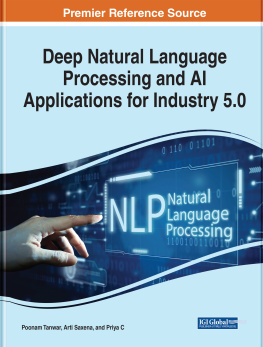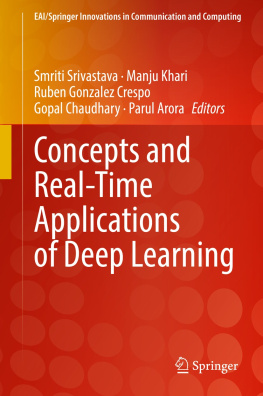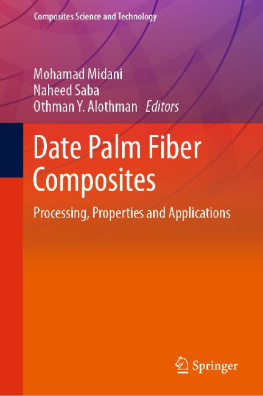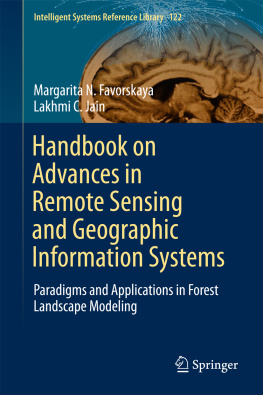
Biomolecules from Natural Sources
Advances and Applications
Edited by
Vijai Kumar Gupta
Scotlands Rural College (SRUC),
Edinburgh, Scotland, UK
Satyajit D. Sarker
Liverpool John Moores University
Liverpool, UK
Minaxi Sharma
University of Science and Technology,
Meghalaya, India &
Haute Ecole Provinciale du Hainaut- Condorcet,
ATH, Belgium
Mara Elida Pirovani
Universidad Nacional del Litoral
Santa Fe, Argentina
Zeba Usmani
University of Science and Technology,
Meghalaya, India
Chelliah Jayabaskaran
Indian Institute of Science
Bangalore, India
This edition first published 2022
2022 John Wiley & Sons Ltd
All rights reserved. No part of this publication may be reproduced, stored in a retrieval system, or transmitted, in any form or by any means, electronic, mechanical, photocopying, recording or otherwise, except as permitted by law. Advice on how to obtain permission to reuse material from this title is available at http://www.wiley.com/go/permissions.
The right of Vijai Kumar Gupta, Satyajit D. Sarker, Minaxi Sharma, Mara Elida Pirovani, Zeba Usmani, and Chelliah Jayabaskaran to be identified as the author(s) of the editorial material in this work has been asserted in accordance with law.
Registered Office(s)
John Wiley & Sons, Inc., 111 River Street, Hoboken, NJ 07030, USA
John Wiley & Sons Ltd, The Atrium, Southern Gate, Chichester, West Sussex, PO19 8SQ, UK
Editorial Office
The Atrium, Southern Gate, Chichester, West Sussex, PO19 8SQ, UK
For details of our global editorial offices, customer services, and more information about Wiley products visit us at www.wiley.com.
Wiley also publishes its books in a variety of electronic formats and by print-on-demand. Some content that appears in standard print versions of this book may not be available in other formats.
Limit of Liability/Disclaimer of Warranty
The contents of this work are intended to further general scientific research, understanding, and discussion only and are not intended and should not be relied upon as recommending or promoting scientific method, diagnosis, or treatment by physicians for any particular patient. In view of ongoing research, equipment modifications, changes in governmental regulations, and the constant flow of information relating to the use of medicines, equipment, and devices, the reader is urged to review and evaluate the information provided in the package insert or instructions for each medicine, equipment, or device for, among other things, any changes in the instructions or indication of usage and for added warnings and precautions. While the publisher and authors have used their best efforts in preparing this work, they make no representations or warranties with respect to the accuracy or completeness of the contents of this work and specifically disclaim all warranties, including without limitation any implied warranties of merchantability or fitness for a particular purpose. No warranty may be created or extended by sales representatives, written sales materials or promotional statements for this work. The fact that an organization, website, or product is referred to in this work as a citation and/or potential source of further information does not mean that the publisher and authors endorse the information or services the organization, website, or product may provide or recommendations it may make. This work is sold with the understanding that the publisher is not engaged in rendering professional services. The advice and strategies contained herein may not be suitable for your situation. You should consult with a specialist where appropriate. Further, readers should be aware that websites listed in this work may have changed or disappeared between when this work was written and when it is read. Neither the publisher nor authors shall be liable for any loss of profit or any other commercial damages, including but not limited to special, incidental, consequential, or other damages.
Library of Congress Cataloging-in-Publication Data
Names: Gupta, Vijai Kumar, editor. | Sarker, Satyajit D., editor. | Sharma, Minaxi, editor. | Pirovani, Mara Elida, editor. | Usmani, Zeba, editor. | Jayabaskaran, Chelliah, editor.
Title: Biomolecules from natural sources: : advances and applications / edited by Vijai Kumar Gupta, Satyajit D. Sarker, Minaxi Sharma, Mara Elida Pirovani, Zeba Usmani, Chelliah Jayabaskaran.
Description: Hoboken, NJ : John Wiley & Sons, [2022] | Includes bibliographical references and index.
Identifiers: LCCN 2021061387 (print) | LCCN 2021061388 (ebook) | ISBN 9781119769576 (hardback) | ISBN 9781119769590 (pdf) | ISBN 9781119769613 (epub) | ISBN 9781119769620 (ebook)
Subjects: LCSH: Biomolecules. | Natural resources.
Classification: LCC QP514.2 .B577 2022 (print) | LCC QP514.2 (ebook) | DDC 612/.015--dc23/eng/20220125
LC record available at https://lccn.loc.gov/2021061387
LC ebook record available at https://lccn.loc.gov/2021061388
Cover image: CHRISTOPH BURGSTEDT/Getty Images
Cover design by Wiley
Set in 9.5/12.5pt STIXTwoText by Integra Software Services Pvt. Ltd, Pondicherry, India
Contents
List of Figures
- Chapter 1
- Chapter 2
- Chapter 3
- Chapter 4
- Chapter 6
- Chapter 7
- Chapter 8
- Chapter 9
- Chapter 12
- Chapter 14
- Chapter 15
- Chapter 16
List of Tables
- Chapter 3
- Chapter 4
- Chapter 5
- Chapter 6
- Chapter 7
- Chapter 9
- Chapter 10
- Chapter 11
- Chapter 12
- Chapter 13
- Chapter 14
- Chapter 15
- Chapter 16
Guide
Pages
Preface
Developing strategies for the use of natural resources and turning them into useful biomolecules and products at an economical cost is the need of the hour. Biomolecules have huge commercial and industrial applications due to their wide bioactive potential and biological activities. In regard to this, biomolecules obtained from natural resources, having biological activity can be used in the development of novel products and applications. Biomolecules have unique properties such as biodegradability, non-toxicity, biocompatibility, bioavailability, they are eco-friendly, and have diverse applications. These compounds can be defined as secondary metabolites and are produced as the primary biosynthetic pathway and metabolic routes of chief biological compounds associated with growth and development. Biomolecules can be extracted from several organisms ranging from cyanobacteria, bacteria, fungi, algae, viruses, plants, corals, and fish. In nature, biomolecular interactions are mostly associated with biochemical and biological diversity, especially in light of the discovery of associated biomolecules from various bioresources. These biologically active molecules derived from nature have novel applications which contribute to the wide range of natural product-based preparations and formulations currently being developed on an industrial/pilot scale. The understanding of the bioprocessing and applications of these biomolecules will help its value addition in the sectors of agriculture, food, biopharma, nutraceuticals, cosmeceuticals, therapeutic, and the environment. Thus, this book deals with the recent breakthrough in the technological progress and applications of naturally derived biomolecules. It provides students and researchers with important information about the natural sources of biomolecules, strategies of production, their pharmacological and health promoting properties, their advance use in drug therapy, and other possible future applications. This book also throws light on emerging techniques for studying naturally bioactive molecules.
Next page

